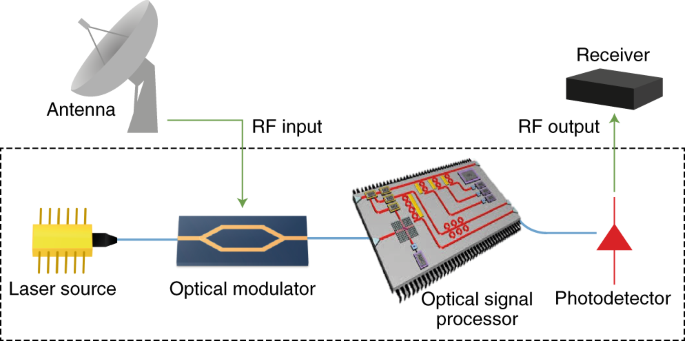Microwave Photonics: Exploring the Synergy of Microwaves, Optics, and Future Applications

Course Content
I. Introduction to Microwave Photonics
-
Understanding the concept of Microwave Photonics
00:00 -
Historical background and development of Microwave Photonics
00:00 -
Importance and potential applications of Microwave Photonics
00:00